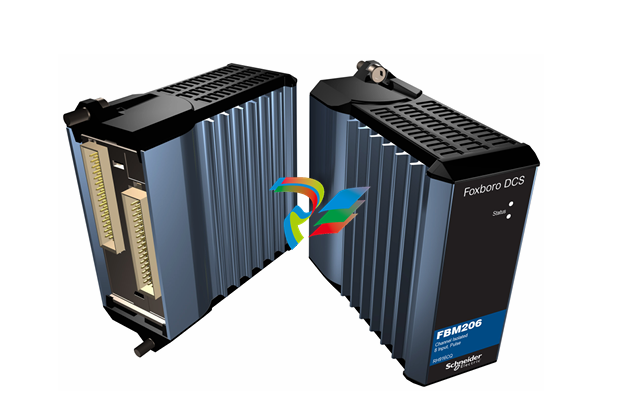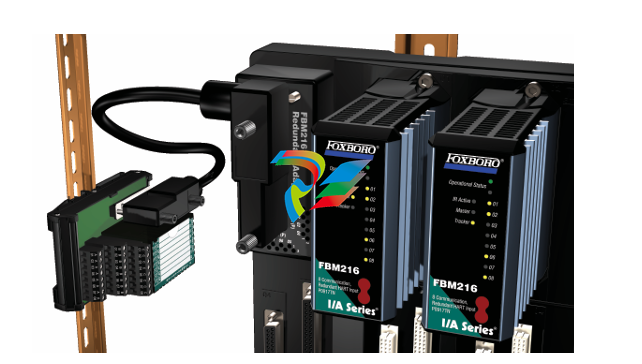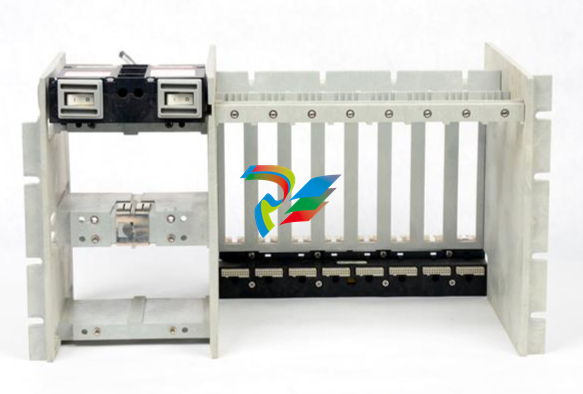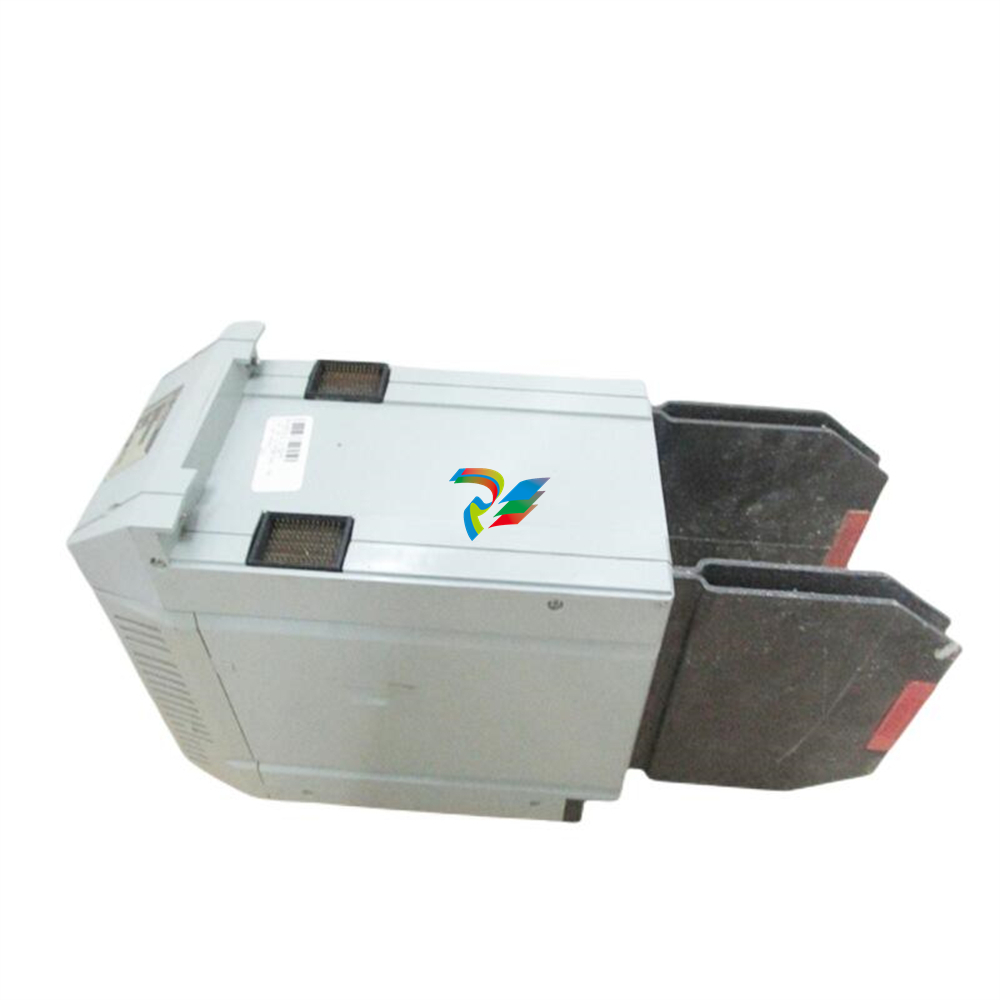
Basler ElectricDECS-200-1C Digital Excitation Control System
SURGE WITHSTAND CAPABILITY (SWC) IEEE C37.90.1-1989
FAST TRANSIENT IEEE C37.90.1-1989
HIGH POT. IEEE 421.3
ENVIRONMENTAL
Operating temperature: -40°C to +60°C (-40°F to +140°F) Storage temperature: -40°C to +85°C (-40°F to +185°F)
Salt Fog Per MIL-STD-810E, Method 509.3 (100 hrs. of salt fog, 100 hours of drying time)
Shock 15 Gs in each of three mutually perpendicular planes
Vibration 5-26Hz: 1.2Gs; 27-52Hz: 0.914mm (.036 inch) double amplitude; 53-500Hz: 5.0Gs
Size 8.08" (205mm) wide x 6.76" (171mm) deep x 12.0" (304mm) high
Weight 14 lbs. (6.35kg)
AGENCY UL recognized per Std. 508; UL file number E97035; CSA certified per Std. CAN/CSA-C22.2,
Number 14, CSA file number LR23131; CE compliant, EMC and LVD; Certified per DNV
FEATURES/FUNCTIONS
Voltage Regulation
The DECS-200 regulates the generator RMS voltage to within
0.25% from no-load to full-load. It does this by utilizing digital
signal processing and precise regulation algorithms developed
by Basler Electric, utilizing the experience gained in many years
of manufacturing tens of thousands of digital voltage regulators.
Stability
The DECS-200 utilizes proportional (P), integral (I) and derivative
(D) stability control. DECS-200 has 20 preprogrammed stability
(PID) settings for exciter field applications. This means that a
standard stability setting is already available for most applications/machines. The DECS-200 has a stability range that allows
for customizing the stability settings to fine tune the stability to
provide optimum customized generator transient performance.
Setup software contains PID selection program to assist in
determining the correct PID settings. The DECS-200 provides for
customizing the stability and transient performance of the Min/
Max Excitation Limiter and var/PF controllers by providing
additional stability adjustments.
Underfrequency Limiter or V/Hz Ratio Limiter
DECS-200 is selectable for either Underfrequency Limiter or a
V/Hz Ratio Limiter function. The underfrequency limiter slope can
be tuned to have 0 to 3 times p.u. Volts/Hz, in 0.1Hz increments,
and the corner frequency roll-off point can be set across a range
of 45 to 65Hz, in 0.1Hz increments. This adjustability allows the
DECS-200 to precisely match the operating characteristics of the
prime mover and the loads being applied to the generator. The
Volts/Hz Ratio Limiter clamps the regulation set point to prevent
operation above a V/Hz level that is prescribed by the slope of the
DECS-200. This feature is also useful for other potentially
damaging system conditions such as a change in system voltage
and re-duced frequency situations that exceed the V/Hz ratio.
Soft Start Voltage Buildup
Generator voltage overshoot can be harmful to the generator's
insulation system if not controlled. DECS-200 has a soft start
feature with a user-adjustable setting to govern the rate at which
the generator voltage is allowed to build up. This reduces the
amount of generator voltage overshoot form nominal operating
voltage during start-up of the generator system.
Paralleling Compensation
DECS-200 has provisions to parallel two or more generators
using reactive droop or reactive differential compensation with
the addition of an external current transformer with secondary
currents of 1 or 5Aac. The current input is rated at less than 1VA.
This low burden means that existing metering CTs can be used
and dedicated CTs are not required.
Set Point Control
DECS-200 has means for external set point adjustment of the
controlling mode of operation. This eliminates the need for
additional equipment like motor operated potentiometers for
remote control or multiple point control for the excitation system.
The operating mode's set point may be directly controlled by
raise/lower contact inputs or auxiliary inputs of 4-20mA or
±10Vdc. The auxiliary input adjusts the operating mode across its
predetermined adjustment range. The auxiliary input can be
provided from other controlling devices such as a power
system stabilizer. These devices modify the operation of the
DECS-200 to meet specific operating characteristics and requirements for the machine under DECS-200 control. Two more
methods of set point control may be achieved via the RS-232
communication port by using the Windows® based PC software
or by the RS-485 port using Modbus™ protocol. Regardless of
which method of set point is used (contact inputs, auxiliary input
or communications with a PC or PLC), traverse rates of all modes
of operation are independently adjustable. This means an
operator can customize the rate of adjustment and "feel" to meet
his/her needs.
Pre-position Inputs
DECS-200 provides the added flexibility of allowing a predetermined operating point for each mode of operation. With a contact
input to the DECS-200, the operating mode is driven to an
operating or regulation level assigned to that operation mode by
the operator or user. The pre-position inputs operate in one of two
modes, Maintain or Release. The Maintain mode prevents
adjustment of the setpoint as long as the pre-position contact is
closed. The release mode allows adjustment of the setpoint even
though the pre-position is closed. This feature allows the DECS200 to be configured for specific system and application needs.

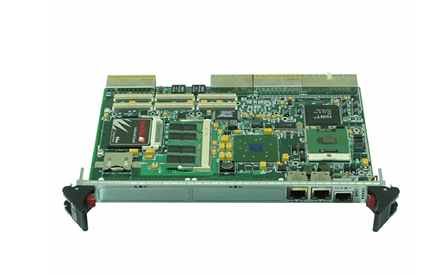
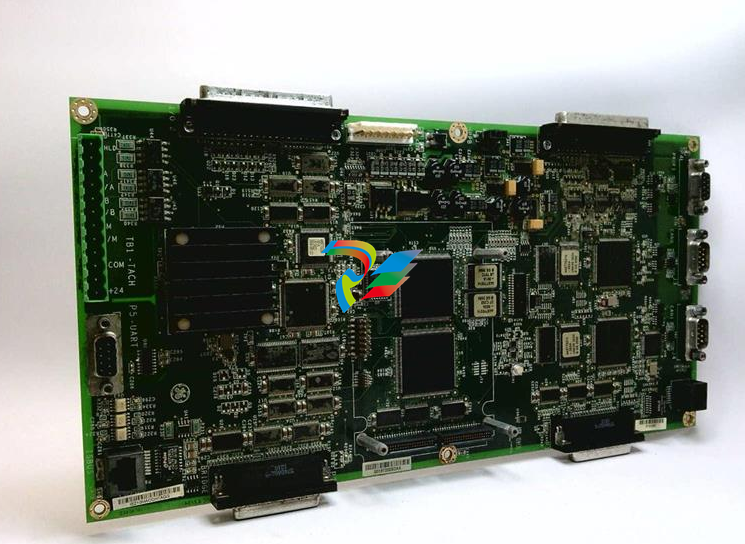


.jpg)
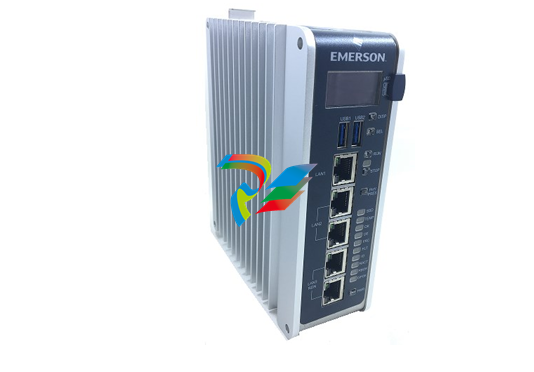
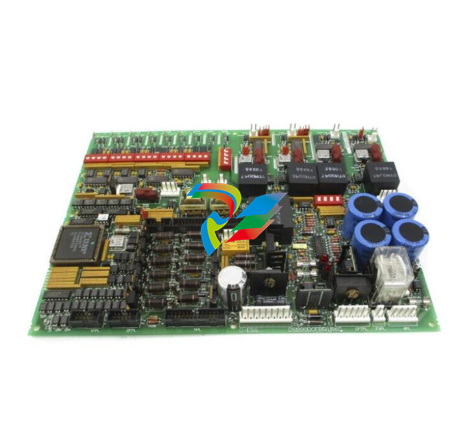
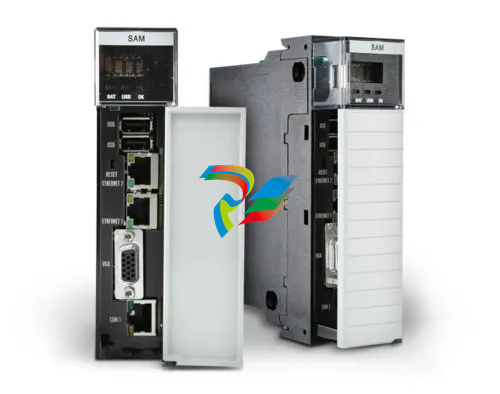
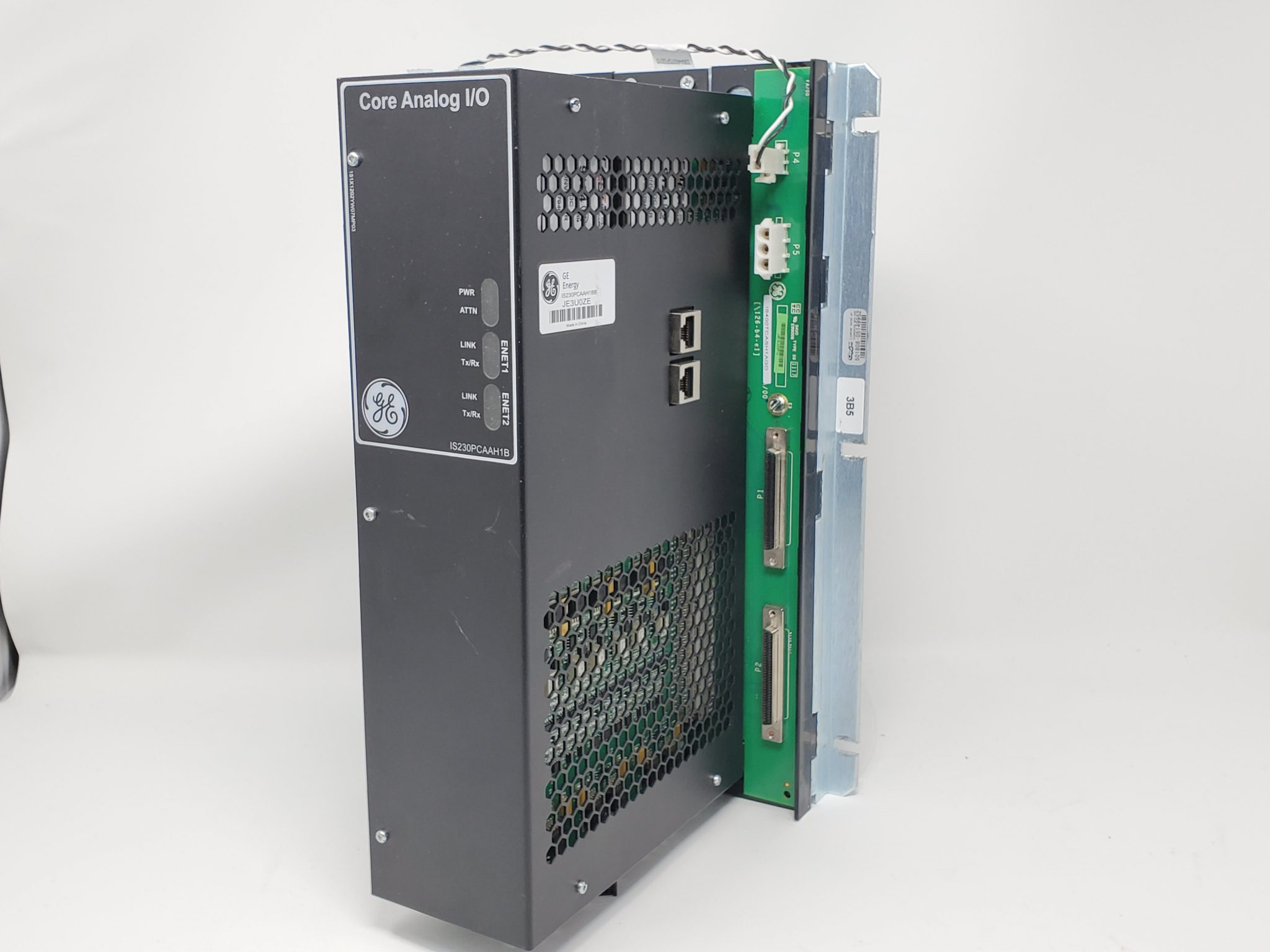

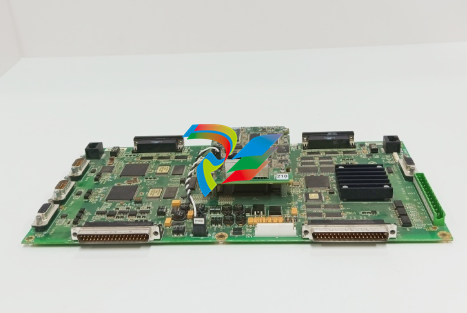
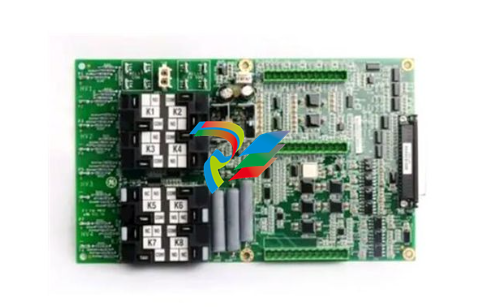
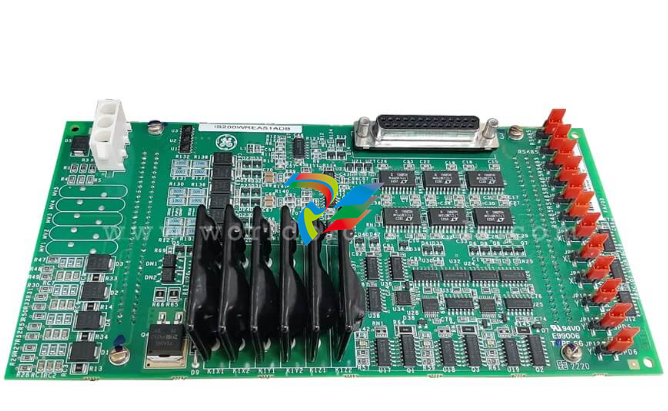
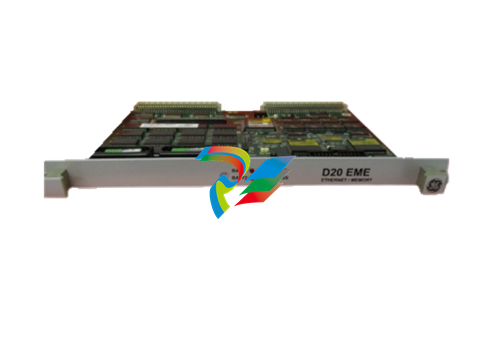
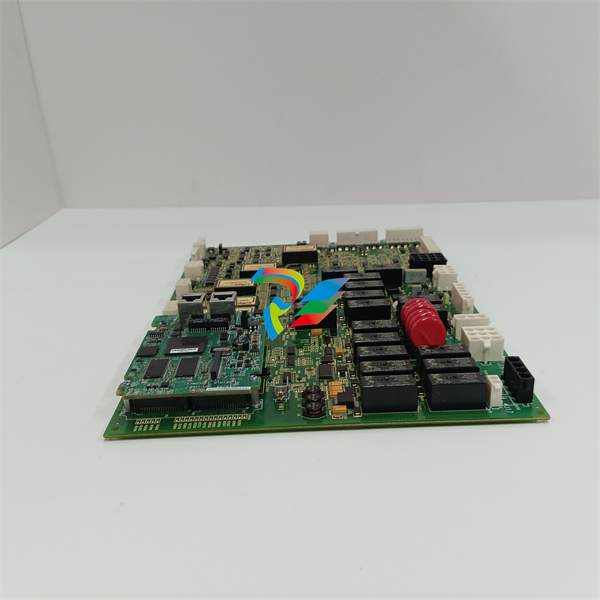
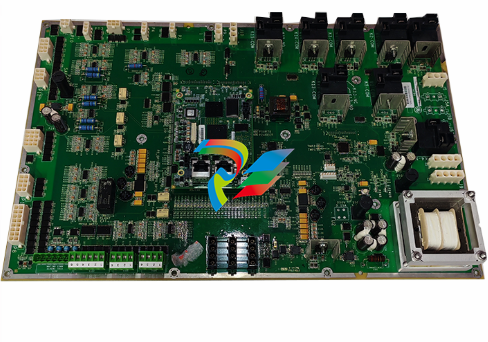
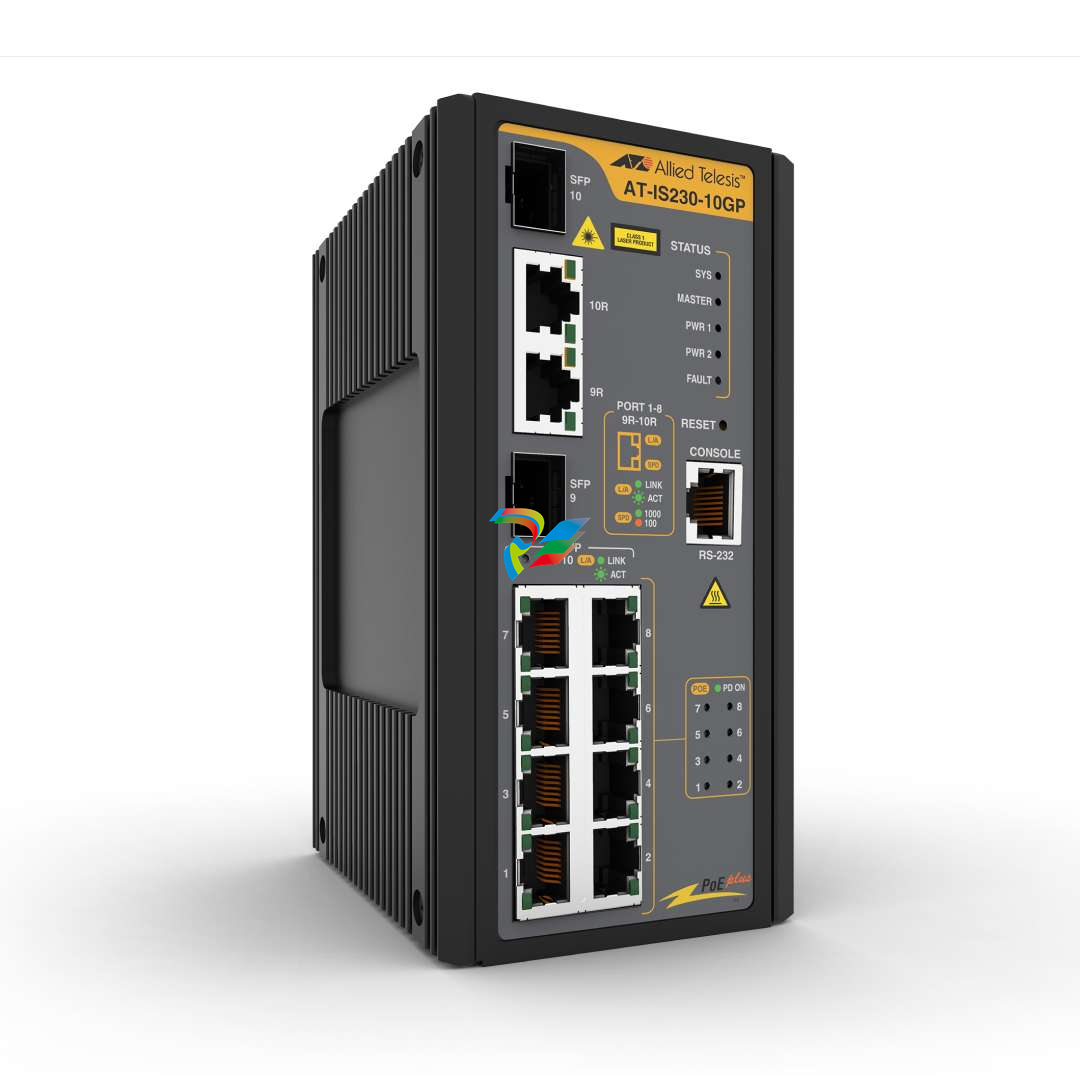
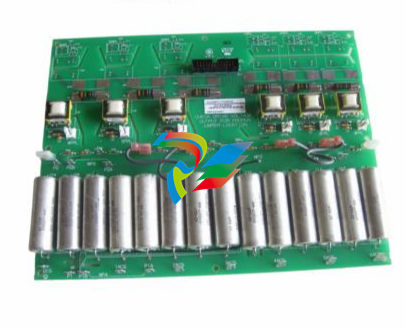

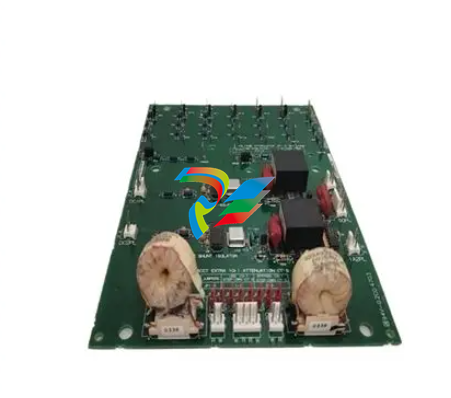

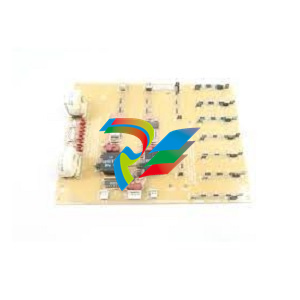
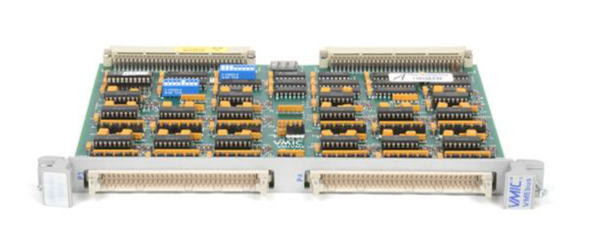
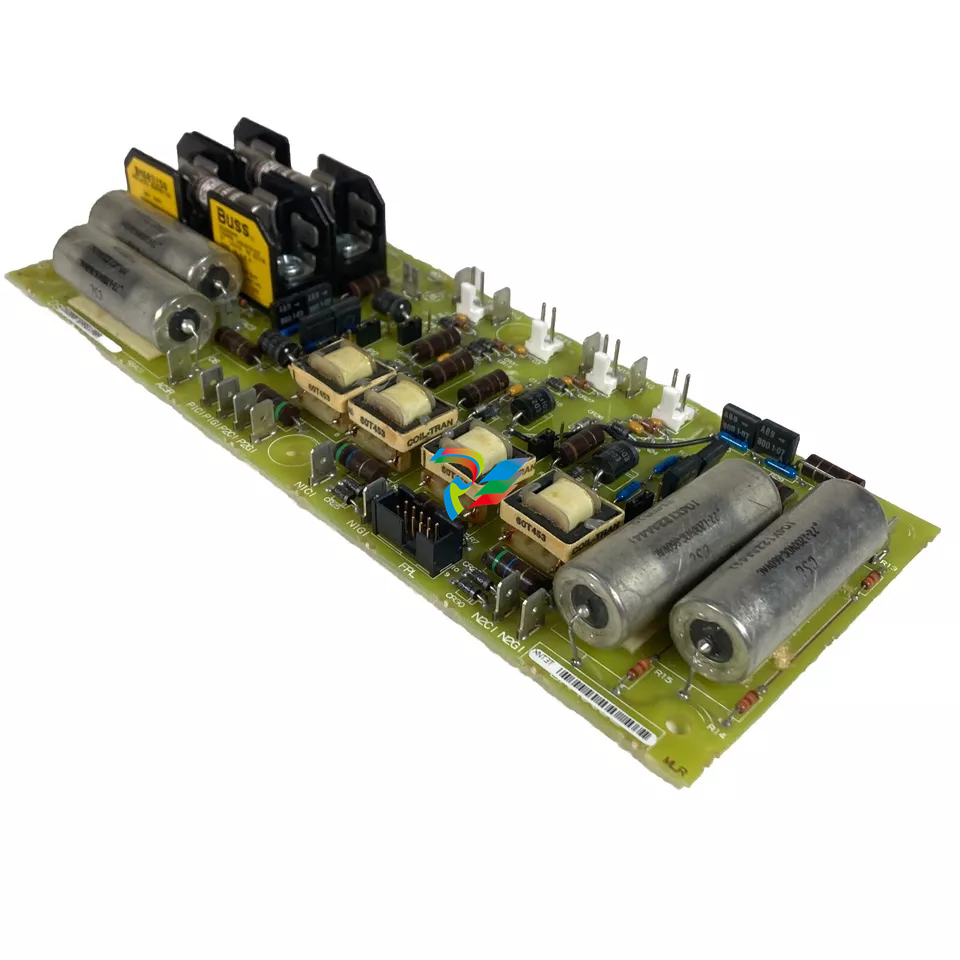
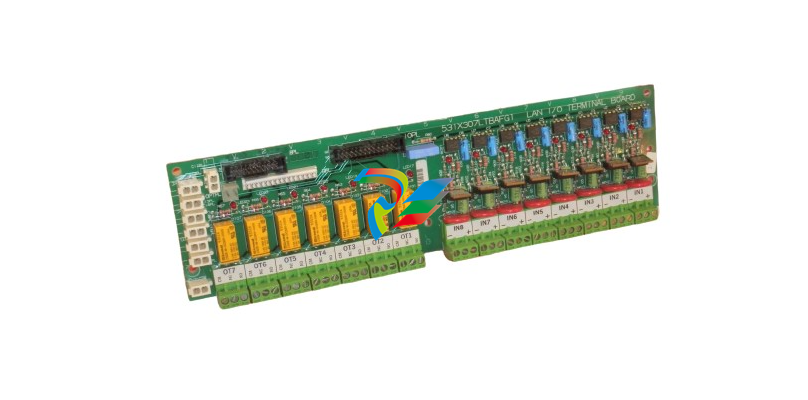



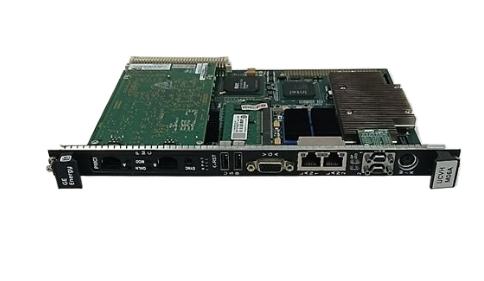
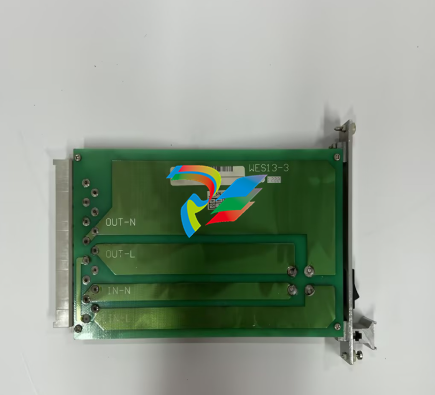
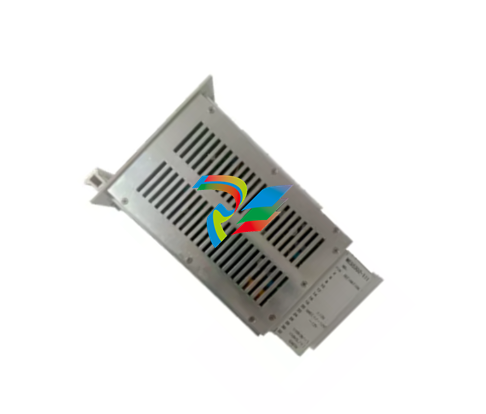
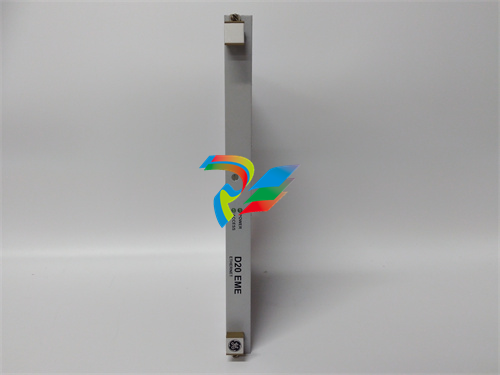
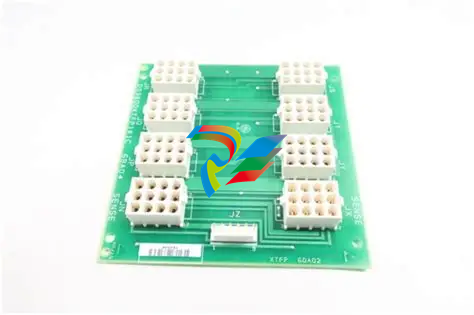






































.jpg)
.jpg)





.jpg)



.png)
.jpg)

.jpg)
_lVjBYb.jpg)

.jpg)
.jpg)



.jpg)
.jpg)





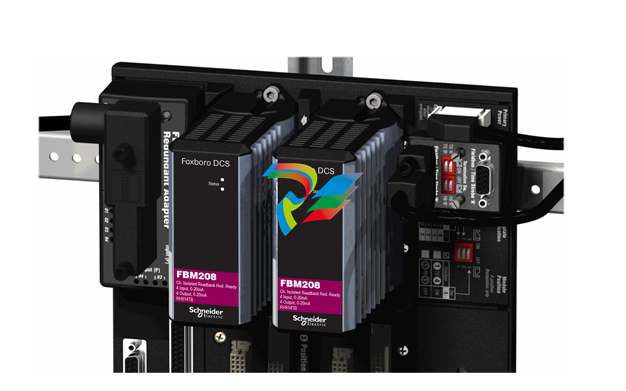
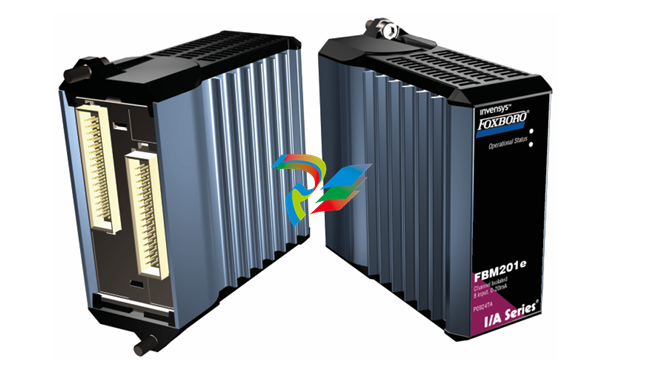
.jpg)
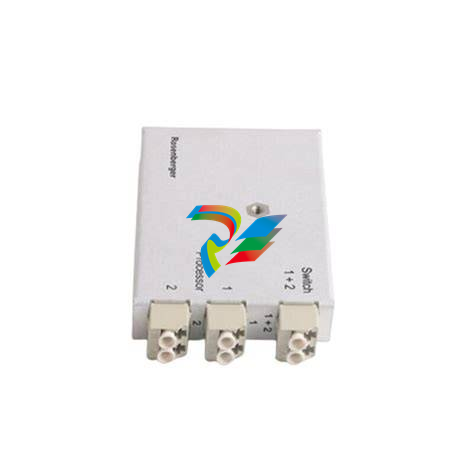
.jpg)
.jpg)
